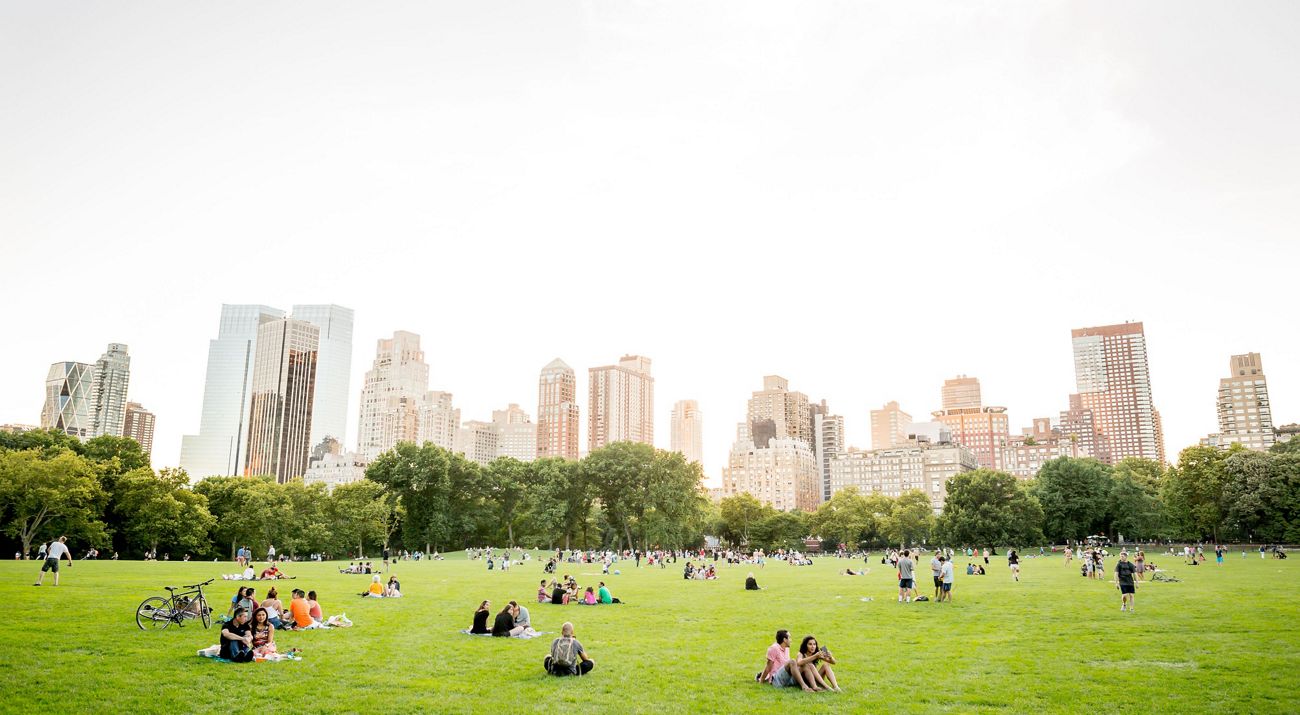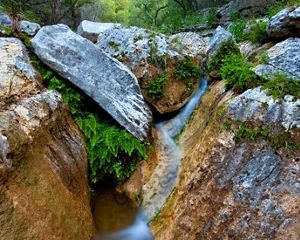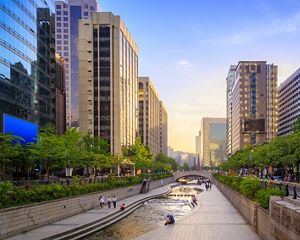Cities Can Still Lead on Climate Action
In cities, planet-sized problems call for planet-sourced solutions
By Laura Huffman, Regional State Director, Texas
Last week, the United States finalized its decision to withdraw from the Paris climate agreement, creating a subsequent media firestorm. It was the wrong move when President Trump’s administration first declared its intentions, and it’s the wrong move now. But cities and local communities have been leading on climate since that first announcement back in 2017. The U.S. has over 400 Climate Mayors committed to achieving Paris Agreement goals. There are nearly 100 C40 Cities around the world, representing some 700 million citizens, doing the same. This latest move simply underscored the importance of driving that momentum forward—we’ve got to do more, do it bigger and get it done faster.
The best way to tackle our planet-sized problems? Through planet-sourced solutions that harness the incredible resilience of nature, the power of our cities and the strength of people and communities.
As our global population stretches to nearly 10 billion by 2050, much of that population—almost 70 percent—will concentrate in our cities. They’re incredible engines of innovation, progress and prosperity. But they’re also increasingly called upon to solve for clean air, reduced emissions, water quality and quantity, healthy and sustainable agriculture, resilient coastlines and the preservation of critical habitat and biodiversity. And climate change creates an added layer of urgency on top of all of that.
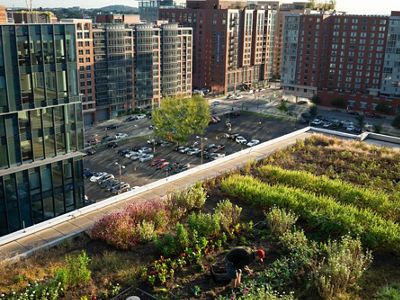
Moreover, the Las Vegas rules don’t apply here—what happens in cities doesn’t stay in cities. The problems that they’re solving against are big and integrated, creating a domino effect that impacts everything from the health of our natural resources to the strength of our economies and our very quality of life. And it’s having an outsized effect on socioeconomically vulnerable populations like children, the elderly, communities of color, people with chronic health issues and those who are economically marginalized.
Quote: Laura Huffman
What happens in cities doesn’t stay in cities. The problems that they’re solving against are big and integrated.
Too often we pit cities against nature, but envisioning ways in which the two can work in tandem can create a similar domino effect of solutions that can scale, build off one another and be tailored to the needs and opportunities within specific regions and contexts.
Let’s take San Antonio, Texas, for example, where more than 4,000 representatives from nearly 2,000 cities are convening next week for the National League of Cities’ City Summit. Residents of the River City are keenly aware of the connections between natural resources and their way of life; if you ask a fifth grader where their drinking water comes from, they’ll tell you: the Edwards Aquifer.
That aquifer stretches across 12 counties and protects drinking water for 2 million Central Texans, and The Nature Conservancy (TNC) has long worked with the city and partners to protect water quality by protecting land atop the aquifer. To date, approximately 21 percent of the recharge zone—nearly 160,000 acres—affecting San Antonio drinking water has been conserved. And the proof is in the pudding: San Antonio has seen little growth in water demand in the last three decades, despite a population that’s grown over 20 percent during that time.

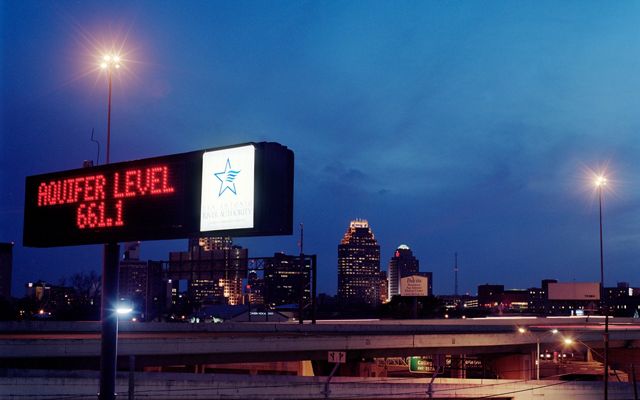
This strategy, known as a water fund, is one of those planet-sourced solutions you see replicated all around the world, from Nairobi to New Mexico to Mexico City. They bring business, government, nonprofits and residents alike together around the common goal of securing water supplies by safeguarding natural resources.
Regreening our cities is also gaining traction as a strategy to enhance resilience, combat flooding and address stormwater pollution. In a natural setting, stormwater soaks into the ground; when it hits paved city streets and sidewalks, it pools or flows over those surfaces and picks up dirt and pollution before emptying into our rivers and lakes. Using solutions borrowed from nature, green stormwater infrastructure (GSI)—rain gardens, green roofs, native vegetation, increased tree canopies and more—can help cities function more like the natural ecosystems that once thrived in these areas.
In Texas, TNC is looking at where in the city of Dallas GSI can be adopted for maximum efficacy, from both a technical and cost-benefit perspective. We’re working with the water department in Philadelphia, Pennsylvania to transform 10,000 acres of hard surfaces into green stormwater solutions by 2036. And across the globe in China, national and local governments and private developers are creating dense natural areas in 32 pilot “Sponge Cities” with the goal of 80 percent of its urban areas absorbing and reusing at least 70 percent of rainwater by 2020. The common denominator across all of these efforts? Using public and private investment to rethink the built environment and reshape the future.
Quote: Laura Huffman
Cities can use public and private investment to rethink the built environment and reshape the future.
One of the most beautiful things about reintegrating nature into our cities is that it creates a whole host of other benefits, from absorbing carbon to help get us closer to climate agreement goals to improving mental and physical health to simply getting people outside to connect with the natural world around them. For example, in Houston, Texas, TNC is working with the National League of Cities and the Children in Nature Network to retrofit schoolyards for resiliency—giving kids daily access to nature and creating living laboratories that help teachers meet their academic goals.
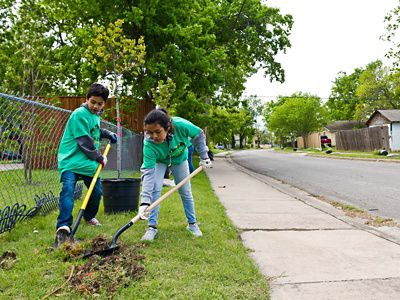
Nature’s stacked benefits and collective impacts can make our cities places where people and nature both thrive; truly flourishing areas where green space is not seen as a luxury—but as critical urban infrastructure that solves problems for the entire living community, from people to plants to wildlife.
What’s clear is this: with the United States’ official withdrawal from the Paris agreement looming ahead, cities are poised to keep taking the wheel as the federal government takes a back seat on the planet’s most pressing problems.
Originally posted on CitiesSpeak
November 15, 2019
View original
Global Insights
Check out our latest thinking and real-world solutions to some of the most complex challenges facing people and the planet today.
